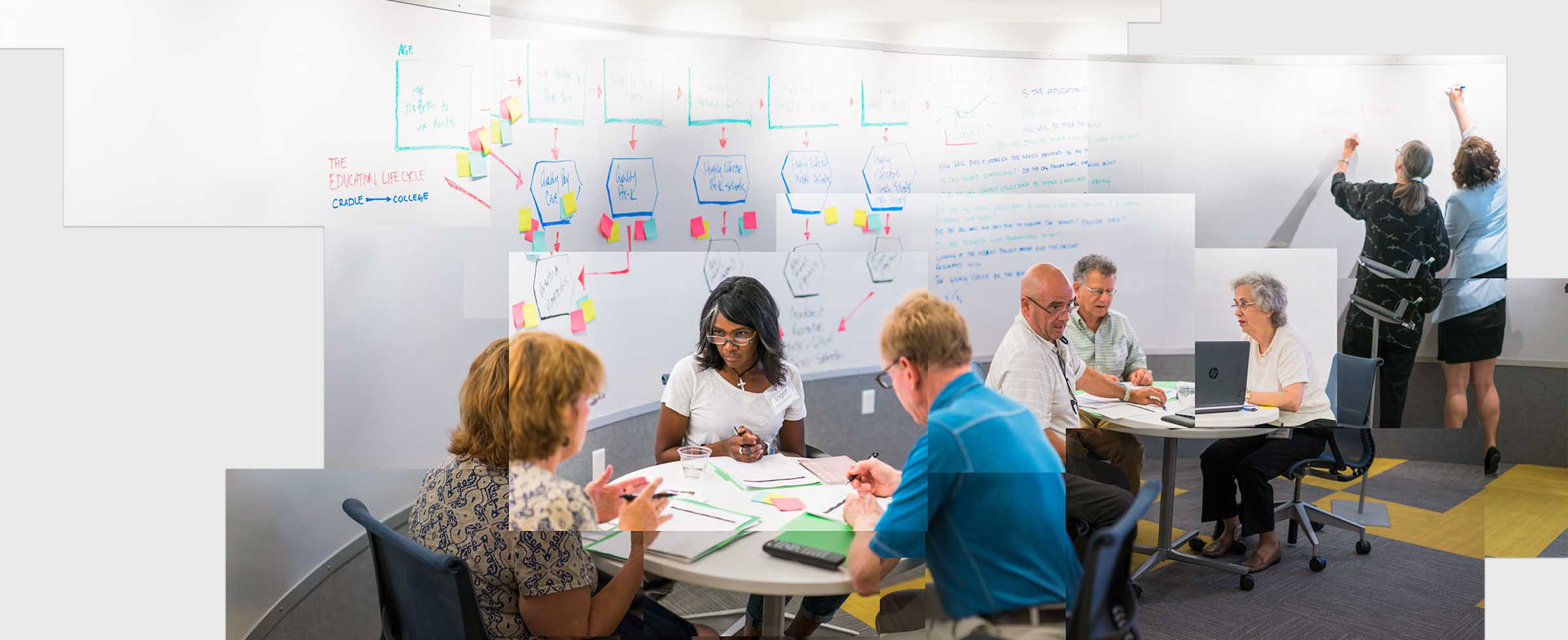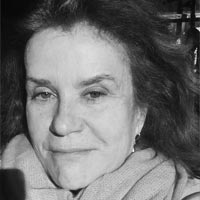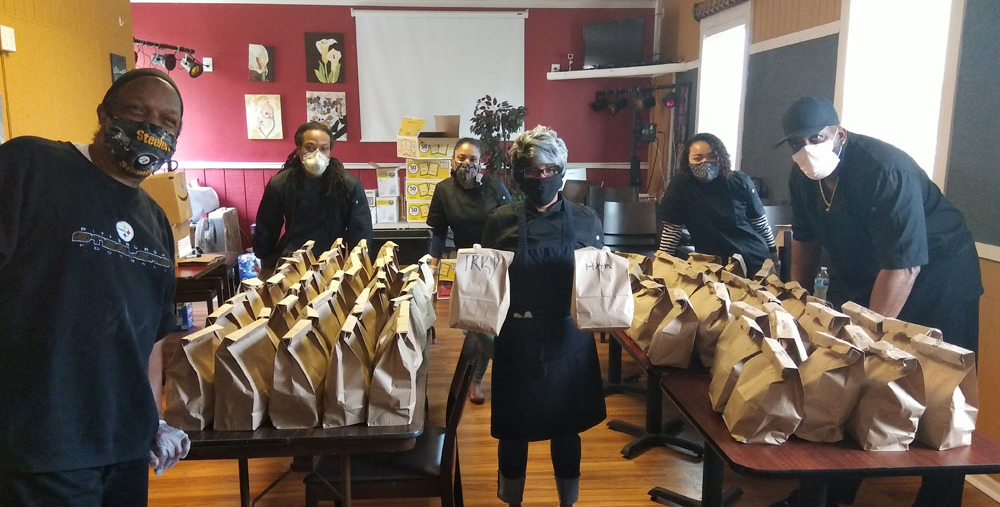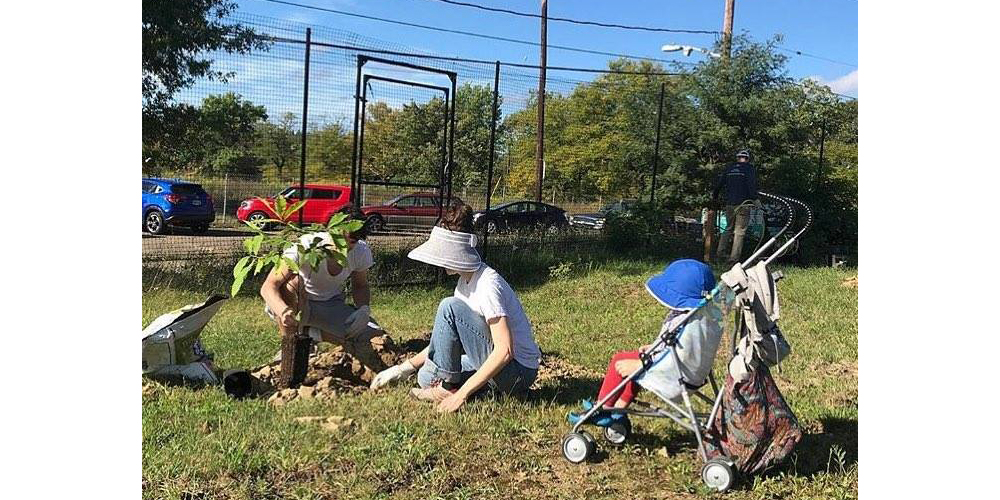Philanthropy by design

AT THE END OF A PARTICULARLY PRODUCTIVE DAY, the wraparound whiteboard walls at The Pittsburgh Foundation’s newly opened Center for Philanthropy are a tangle of scribbles, question marks, lists, words and Post-it notes—remnants of an intensive brainstorming session by a group of donors participating in one of the Foundation’s Impact Giving Circles.
The subject this evening is public education reform, but any number of groups are gathering three to four times a week in the Center’s new “kiva”—a circular meeting room—to learn about and collaborate on funding initiatives that impact a range of pressing issues, from poverty to food insecurity to the environment. Because the Center offers state-of-the-art philanthropic advising, learning opportunities for donors and their advisors, guidance on multigenerational philanthrophy, expertise in grantmaking, and unique opportunities to leverage resources and collaborate, an innovative room like the kiva is a natural fit.
There are no corners in this room, no barriers to communication—the acoustics can pick up even a whisper. This helps a group dynamic evolve more quickly, says Kelly Uranker, the Center’s director.
“The kiva’s design helps lessen the tendency of participants to stick to a particular section of the room or, for that matter, a particular section of an argument,” she adds.
Because everyone is encouraged to think out loud and write on the erasable white walls, “sometimes it can look like Spaghetti Junction at the end of a session,” says Yvonne Maher, the Foundation’s senior vice president for Development and Donor Services.
The kiva’s design comes from the Pueblo Indians, who used circular underground rooms for community meetings and rituals. Today, the kiva is a central principle of the human-centered design movement, “a philosophy where you put humans in the center and ask them what they need instead of telling them what they need,” Maher adds.
The kiva is just one of many innovative design elements incorporated into the Center’s new 11,000-square-foot space on the second floor of the Foundation’s PPG Place headquarters.
What was once a traditional rabbit warren of dimly lit offices has been opened up to emphasize natural light and “a free flow of engagement,” says architect Anne Chen of GBBN, the Garfield-based firm hired to renovate the space. Visitors step off the elevator into an open reception area banked by PPG Place’s distinctive gothic glass windows. Offices are built around the periphery. There are ten meeting rooms, each named for a Foundation donor, equipped with LCD screens to watch films or presentations. Comfort, flexibility and adaptability are paramount: a corner meeting room has chairs and sofas that make it feel more like a living room, with a folding glass partition that can be opened to expand the space for networking events, Q&A sessions and presentations.
The Foundation’s staff is in an open workplace designed to make it easier to collaborate and to be readily accessible to donors and grantees. “There’s a lot of air, a lot of light,” says donor Don Block. “It’s clearly conducive to creative thinking.” Along one softly lit hallway, there are rows of small booths for privacy and one-on-one conversations. There’s not a mahogany-paneled room in sight—even the board room eschews hierarchy, with rounded tables and a wavy ceiling, providing acoustics that allow anyone to be heard no matter where they are sitting.
Part of the Foundation’s mission has been to empower its donors—helping them maximize the impact of their gifts, connecting them to grantees and other like-minded philanthropists, and providing expertise about nonprofits and critical community needs.
But now there’s a dedicated physical space whose dimensions, transparency, lighting and openness convey this message: you are a partner here.
“We try to make philanthropy easy and to meet our donors where they are,” says Maher. These days, more and more are choosing the Center, which not only fosters spontaneous interaction and deep thinking, but, as Maher says, “embodies the Foundation’s own values of innovation, entrepreneurial spirit and collaboration.”
Original story appeared in the 2015-16 Report to the Community



